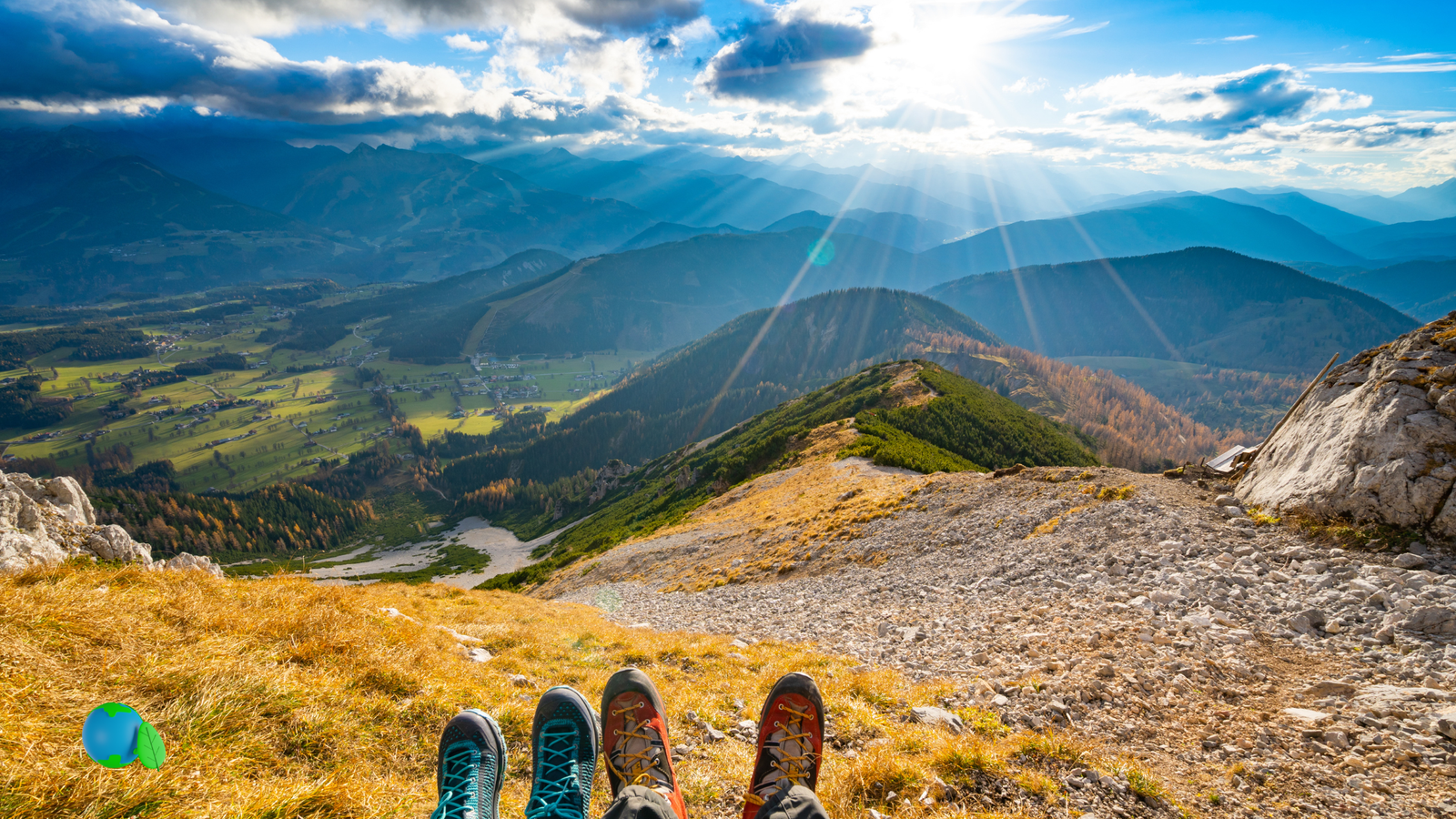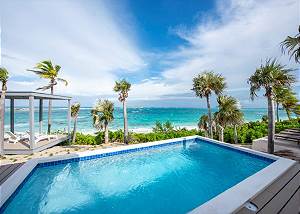
21 Low-Impact Travel Habits 2025 Plan, pack, and move with less carbon, less plastic, and more local good
This long-form guide gathers the most effective low-impact travel habits 2025—from rail-first routing and refill systems to slow-stay budgets, packing that replaces disposables, and routines that respect culture and conserve water. It’s practical, not preachy: copy the parts that fit your trip and watch stress and costs drop with your footprint.
Affiliate note: Flight/stay/eSIM links below are nofollow sponsored and may earn us a commission at no extra cost to you. We also include followed links to official sources and standards bodies.
Destinations that fit low-impact travel
Favor cities with frequent metro/tram, compact daily needs, and active park/water policies. Iberia shines for car-free months—see our 2025 workation cities without a car. For broader strategy, start with our Green Travel Guide 2025 and Sustainable Travel Guide 2025.
Sustainable stays that aren’t greenwash
Look for transparent programs aligned with the Global Sustainable Tourism Council (GSTC), EU Ecolabel, or equivalent. Choose central, transit-served neighborhoods to replace taxis with walking. We break down label credibility, water/energy policies, and refill systems in Eco-Luxury on a Budget: Sustainable Stays 2025.
Timing: off-peak, slow & longer
- Shoulder seasons reduce strain, preserve vibe, and unlock better rates.
- Slow travel (fewer hops, longer stays) cuts transport emissions and increases community connection—see Sustainable Digital Nomad Lifestyle.
Rail-first movement & flight minimization
For Europe, night trains and fast regional routes make air skippable. Use our 2025 sleeper train booking guide and night-train directory. When flights are unavoidable, prefer nonstop, bundle segments, and connect to metro/rail instead of rideshares. Compare impacts with Train vs Plane Emissions 2025.
Tip: day trips ≤90 minutes by regional rail feel adventurous without burnout.
Low-impact packing & micro-repairs
Light bags = lower transport emissions and less friction on transit stairs. Swap liquids for solids, choose durable fibers, and carry a tiny repair kit.
- Solid shampoo/conditioner, bar soap in breathable pouch; detergent sheets for sinks.
- Insulated bottle + collapsible cup; utensil set; two leak-proof containers.
- Repair kit: needle, strong thread, mini scissors, patches, safety pins.
Steal ideas from our Zero-Waste Packing List 2025 and Eco Travel Kit 2025.
Daily routines on the road
- Walk + transit first. Choose stays ≤12-minute walk to metro/tram nodes to save time and taxis.
- Reusables always. Bottle, cup, utensil set, tote, cloth napkin—small kit, big effect.
- Quiet back streets. Sleep better one block off nightlife spines; check slopes in hilly cities.
Need car-free playbooks? See our car-free workation cities.
Waste, water & refills
- Local sorting. Learn bin colors; some cities separate organics.
- Refill culture. Map bulk stores (“a granel”) and fountains; bring containers.
- Food waste. Order modestly; cook; share; compost where available.
More tactics: Eco-friendly travel tips · Low-impact travel habits (original)
Eat local & plant-forward
- Markets over chains; try “menu of the day” for value and minimal packaging.
- Default to plant-forward; save animal products for regional specialties.
- Use filter bottles or purifiers to avoid single-use plastic.
Remote-work habits for digital nomads
- Cowork close to home (≤20-minute walk/tram); look for published energy/waste policies.
- Dim screens, kill vampire power, batch uploads; prefer Wi-Fi to cellular for efficiency.
- When cloud use spikes, offset elsewhere (cook in; choose rail for weekends).
Framework: Sustainable DN lifestyle.
Give back (without harm)
- Choose community-led projects with transparent outcomes.
- Offer skills locals request (language, digital, conservation field work).
- Avoid orphanage tourism; don’t displace local jobs with short stints.
Mistakes to avoid
- Greenwash. Ignore vague claims; look for third-party criteria.
- Over-itinerizing. Too many hops → more emissions, less joy.
- Cultural blind spots. Learn dress/photo etiquette and sacred-site rules.
Final thoughts: habits that compound
Low-impact travel isn’t about perfection; it’s about compounding wins. One refillable bottle can prevent hundreds of plastics. One rail swap beats multiple short flights. One central, transit-served stay replaces a month of taxis. Multiply that across a year of trips and you’ll spend less, see more, and leave places better than you found them.
If you remember three moves from this guide: 1) book the neighborhood, not just the listing; 2) keep your desk within walking distance; 3) make rail your default for weekends. Layer a plastic-light kit and local markets—and your carbon and stress drop without thinking about it.
FAQ (2025)
Can luxury travel be low-impact?
Yes—if verified (GSTC-recognized labels, EU Ecolabel) and located in walkable, transit-served areas with published energy/water/waste reductions.
Is low-impact travel more expensive?
Usually not. Central stays + transit passes + longer visits + home cooking often lower total costs.
Top 3 habits to start today?
Carry reusables; favor rail for sub-1,000 km; book stays ≤12-minute walk to metro/tram.
How do I plan European rail weekends?
Use our sleeper guide + night-train roundup; keep day trips ≤90 minutes by regional rail.
Sources
Explore more on Eco Nomad Travel
Low-Impact Travel Playbook (2025): A 30-Day Plan You Can Actually Keep
This add-on turns the “low-impact travel habits” you just read into a practical 30-day plan you can copy. It prioritizes walkable, transit-first routines, plastic-light packing, and local value—all with realistic time/cost trade-offs.
How to run a low-impact month (simple, step-by-step)
- Choose a transit-first base. Book within a 12-minute walk of a metro/tram hub (or frequent bus), near a grocery + park. See our workation cities (no car).
- Map your refill & recycling. Save two nearby bulk/“a granel” shops + a bottle refill point. Scan the city’s recycling rules.
- Pack a plastic-light kit. Bottle/cup/cutlery, 2–3 nesting containers, solid toiletries, compact laundry routine. Full list: zero-waste packing list 2025.
- Buy a monthly transit pass on day 1. Walk + rail for everything; taxis only for late arrivals/heavy bags.
- Cook 60–70% of dinners. Shop local markets; keep cafés for daytime work blocks.
- Plan rail-first weekends. Two day trips ≤90 minutes each. If flying, bundle errands and offset after reductions.
- Track one metric. E.g., flights avoided or single-use items skipped. Small wins compound.
Pick a base the smart way (signals to scan in 5 minutes)
- Frequency: daytime headways ≤10–12 min; night service exists.
- Grid: safe crossings, short blocks, lighting, gentle grades for walks.
- Bulk/refill: at least two shops within 1 km; cafés allow reusables.
- Local value: independent groceries/markets nearby.
- Quiet sleep: pick back-of-block streets just off the main strip.
See our deep dives: sustainable stays 2025 · train vs plane emissions.
Plastic-light packing (mini list you’ll actually use)
- Insulated bottle + collapsible cup; foldable cutlery; two leak-proof containers.
- Solid shampoo/conditioner, bar soap in a breathable pouch; detergent sheets.
- Quick-dry towel; small wash bag; sewing/repair mini-kit.
Eat & refill like a local (save money, cut waste)
- Markets for produce + grains; “menu del día”/“prato do dia” for affordable lunches.
- Bring your container for take-away and a cup for coffee bars that allow reusables.
- Log your nearest water fountains and bulk stores on your first neighborhood walk.
Rail-first weekends (easy wins)
Pick two day trips under ~90 minutes on regional rail. If you must fly for a longer hop, combine multiple stops into one itinerary, use public transit on arrival, and keep your footprint low the rest of the month. Planning help: book European sleeper trains (2025) · night trains Europe.
Explore more on Eco Nomad Travel
Glossary (2025)
- Low-impact travel
- Planning choices that reduce carbon, water, and waste while supporting local value.
- Refill culture
- Bulk stores, water fountains, and cafés that accept reusables to cut packaging.
- Load management
- Spreading visits across time/space to avoid overtourism.
- Transit headway
- Minutes between services—≤10–12 min is ideal for daily reliability.
Sources
- Global Sustainable Tourism Council (GSTC)
- UNEP — One Planet, plastics & waste initiatives
- GDS-Index — city sustainability benchmarking
- EU Ecolabel
Affiliate links.
Deep Dive: Low-Impact Travel Habits in 2025 That Actually Move the Needle
Because intention matters—but execution matters more. The playbook below layers practical, verifiable actions with clear trade-offs, so you can reduce impact without sacrificing experience.
1) Choose destinations that spread the load (and love)
First, avoid the same over-squeezed hotspots; then, steer toward cities and regions that invest in transit, parks, and conservation. Consequently, your money supports municipalities that make it easier to travel light. For ideas, compare our data-driven roundups: top sustainable DN destinations 2025, eco-friendly DN list, and eco travel places 2025.
2) Verify claims before you book (beyond green buzzwords)
Moreover, marketing language rarely equals measurable action. Therefore, check for third-party certifications, published energy/water data, and waste policies. Our guide on sustainable stays & avoiding greenwash (2025) explains which labels mean something and when to walk away.
3) Rail-first beats short-haul flights—especially on weekends
Furthermore, trains typically emit far less CO₂ per passenger-km than planes on sub-1,000 km legs. Consequently, when time ranges overlap, pick rail—night trains extend your range while you sleep. Start here: train vs plane emissions 2025 and Europe night trains 2025. If you need booking specifics, see how to book European sleeper trains (2025).
4) Pack once, reuse for years (and skip the liquids)
Additionally, durable reusables and solid formats eliminate most single-use plastic from your routine. Notably, our eco-friendly travel kit 2025 and zero-waste packing list 2025 cover compact kits that survive three climates in one quarter. For swimming days, choose mineral blockers—see reef-safe sunscreen 2025.
5) Book your life around transit (not the other way around)
Crucially, your address is destiny. If you live ≤12 minutes from a metro/tram node, your daily footprint and costs drop—full stop. Consequently, our Iberian playbook shows how to live without a car: workation cities 2025 without a car (Lisbon, Valencia, Porto).
Use these to assemble a low-stress, low-impact stack; swap later if plans change.
6) Measure, then reduce (don’t guess—track)
However, intuition is often wrong. Therefore, tally transport, energy, and food impacts; then adjust the biggest drivers first. Our carbon-neutral travel guide 2025 explains realistic offsets, credible standards, and when to skip them.
7) Respect and reciprocity (culture is part of “low-impact”)
Importantly, sustainability includes people. Consequently, learn greetings, tip fairly, and pick community-led tours. For a lifestyle view, read sustainable digital nomad lifestyle and our core guide to low-impact travel habits.
8) Timing and seasonality (the quiet months win)
Meanwhile, shoulder seasons cut prices and stress while keeping full transit frequencies. Consequently, book housing 30–60 days out and rail weekends a few days ahead. For broad planning, scan green travel 2025 and sustainable travel guide 2025.
Quick wins you can implement today
- Book the neighborhood, not the listing: ≤12-minute walk to metro/tram.
- Put your desk within a 20-minute walk; time saved beats any “amenity.”
- Swap short flights for night trains at similar door-to-door times.
- Carry bottle, cup, cutlery, and containers—defaults drive behavior.
- Buy reef-safe sunscreen and UPF clothing for marine days.
Common myths (debunked)
- “It’s more expensive.” Often the opposite—transit + cooking at home reduce spend.
- “Offsets are enough.” They’re last, not first. Reduce before you offset.
- “Car-free is inconvenient.” Not in dense, transit-rich cores—it’s faster and calmer.
9) Example 30-day rhythm (so habits actually stick)
- Days 1–3: buy a monthly transit pass; test two coworking spaces; map bulk/refill shops.
- Days 4–10: settle into a walk-first routine; cook five nights/week; schedule one rail day trip.
- Days 11–20: optimize errands within 800 m; try a car-free beach/hike; track energy/waste.
- Days 21–30: add a night train weekend; document what worked; re-book the same hub next quarter.
10) Put it all together (and keep it simple)
Ultimately, your lowest-impact month is boring in the best way: short walks, reliable transit, light packing, and repeatable weekends by rail. In other words, it’s a system—one you can take from Iberia to the Baltics and beyond.
Affiliate links may earn us a commission at no extra cost to you. We link to official transit/rail resources as normal follow links for reader trust and SEO.

